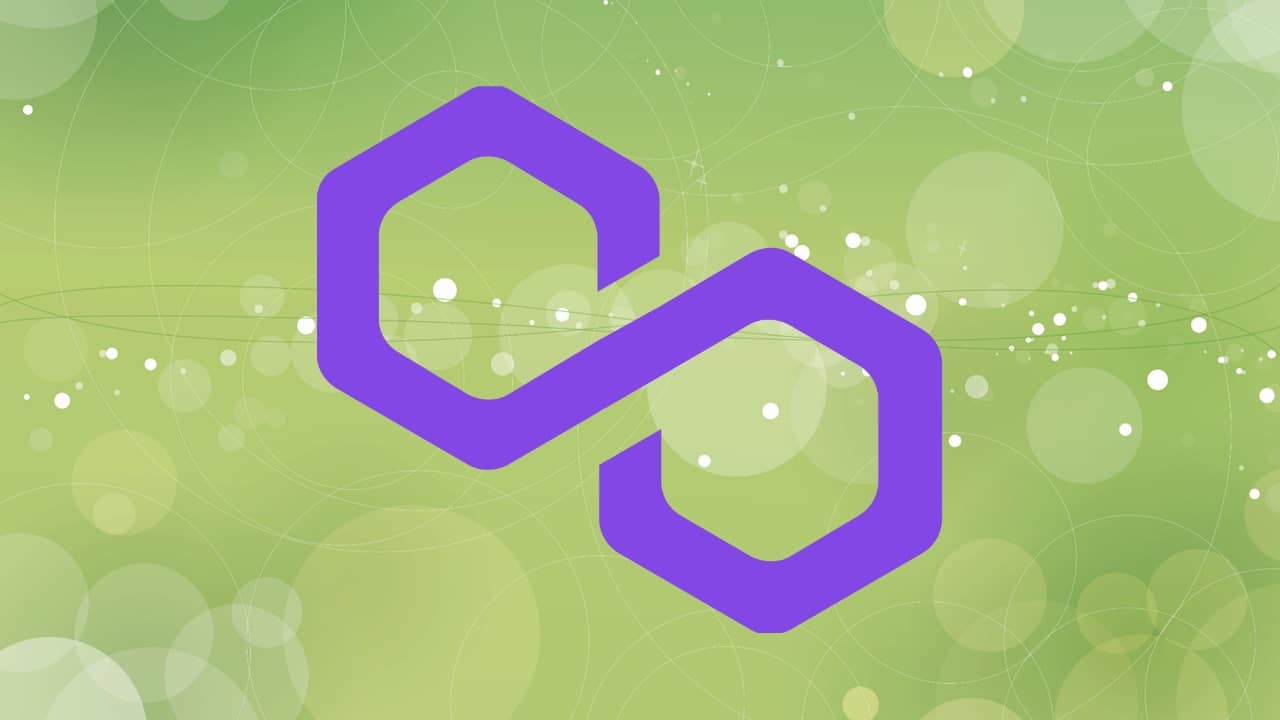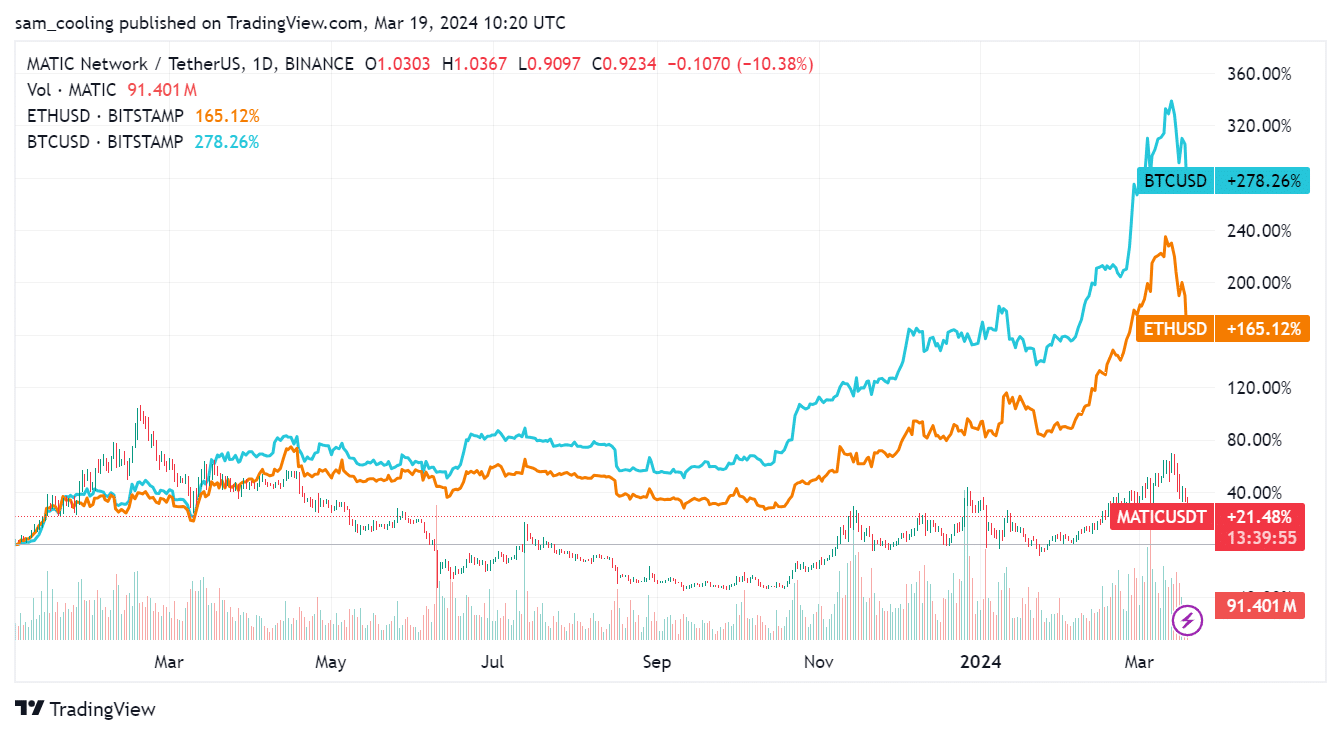
Polygon (MATIC), the Ethereum LAYER-2 sidechain and scaling platform, has initiated the first phase of transitioning users from a bridged version of USDC.e to a native USDC solution. But as MATIC crypto community braces for Polygon 2.0 – what’s the significance?
USDC is a popular stablecoin issued by Circle. According to CoinMarketCap, USDC has a market cap of $31 billion and is the second largest stablecoin after Tether’s USDT.

By launching a native version of USDC, Polygon aims to make the user and developer experience smoother and more efficient – with cheaper gas fees and higher transactional speeds.
The native USDC migration will initially focus on decentralized finance (DeFi) protocols, a key sector on the low-cost and Ethereum-compatible Polygon platform.
Key Benefits of Native USDC on Polygon PoS
1. Mintable and redeemable directly on Polygon PoS
2. Fully reserved and always redeemable 1:1 for US dollars
3. Supported by Circle Account and its APIs
4. By leveraging Cross-Chain Transfer Protocol (CCTP), one can eliminate bridge…— Ryan Kuhel (@RyanKuhel) March 18, 2024
Over the past five months, Polygon protocols have been advocating for their users to shift from the bridged USDC to a native version issued directly on Polygon.
Bridged USDC.e Migrates to Native USDC After Successful October 2023 Launch
Polygon introduced native USDC in October 2023, in a decision that represented a key step forward for the Ethereum scaling solution.
Unlike the bridged USDC, denoted as USDC.e, native USDC simplifies transactions and may potentially boost overall liquidity in Polygon.
With direct access to USDC on Polygon, users will likely streamline processes and unlock value more effectively. With a native version, users will no longer have to rely on bridges.
Indeed, this reduces security as these USDC cross-chain bridges are vulnerable to exploits, as seen on countless occasions in the past year.
Furthermore, the move will put an end to bridge delays since Polygon has integrated Cross-Chain Transfer Protocol (CCTP), increasing general efficiency.
Additionally, since the migration to a native version will see Circle integrate its account and APIs, holders will now be able to quickly and conveniently manage their tokens via Circle integrated products.
Plans To Upgrade Push Towards Highly Anticipated Polygon 2.0
The name of the game is now chain abstraction.
Recently, @0xPolygon announced two exciting developments: a Type-1 ZK EVM Prover and the ZK Aggregation Layer.
These two pieces of infra will serve as foundational components of Polygon 2.0 and its mission of chain abstraction.
— Nick Garcia (@NickDGarcia) March 15, 2024
Though developers acknowledged that Polygon is not yet connected to the “Aggregated Blockchains” vision under Polygon 2.0, the community is considering an upgrade imminently.
This update aligns with the “AggLayer” concept that aims to create a bridge for seamless token transfers across multiple chains.
The Polygon “AggLayer” is a crucial component of the “Aggregated Blockchains” vision for Polygon 2.0 (revealed in January 2024), allowing all interconnected chains to work efficiently.
Under this design, liquidity will be free-flowing across all chains – bolstering MATIC crypto as a premier layer-2 solution for DeFi developers.
Explore: Slerf Meme Coin Minting Millionaires Despite Developer Deleting LP and Airdrop Tokens
Disclaimer: Crypto is a high-risk asset class. This article is provided for informational purposes and does not constitute investment advice. You could lose all of your capital.



